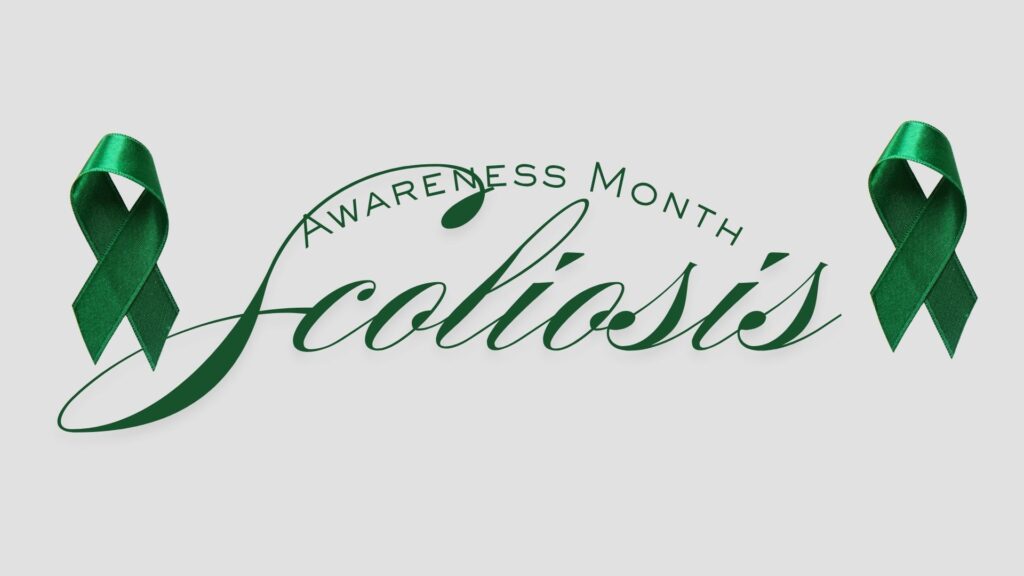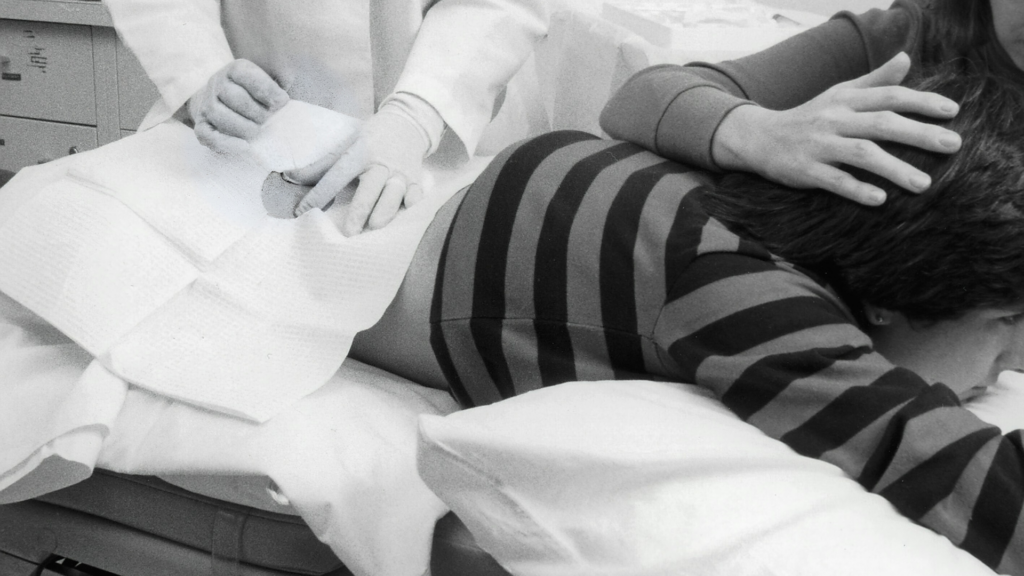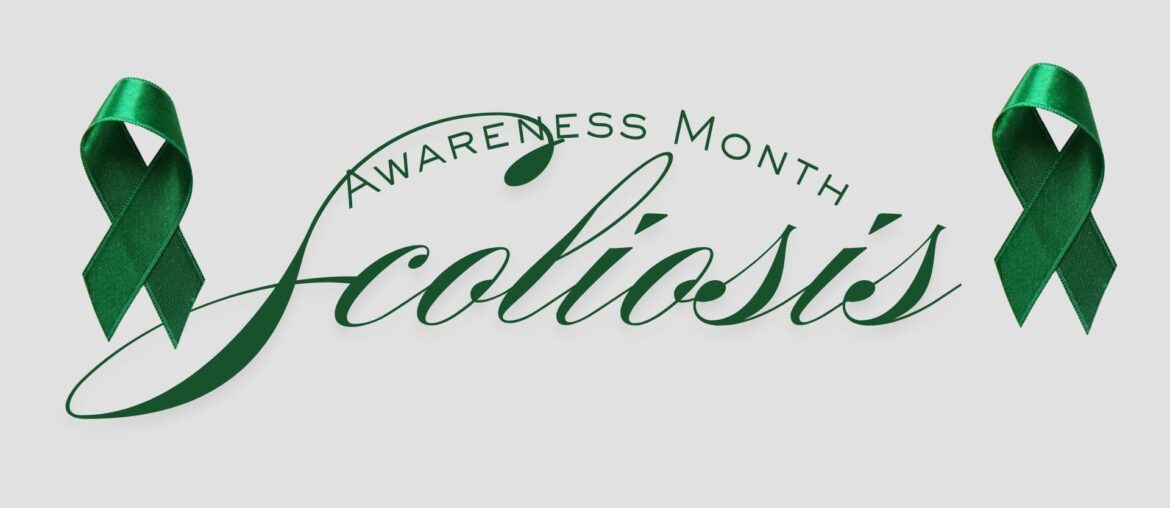This June, we are building a community where no one with scoliosis has to stand alone.

Every June, Scoliosis Awareness Month is observed. It brings attention to the spinal condition that many people experience worldwide. Scoliosis is a curvature of the spine in an abnormal sideways direction, often developing during childhood through adolescence. The spine curves sideways, forming an “S” or “C” shape. Adolescent idiopathic Scoliosis is the most common type, typically appearing during the teenage growth spurt. Adults can also develop a kind of scoliosis, known as degenerative scoliosis, due to aging or conditions such as osteoporosis.

While some cases of scoliosis are mild, others can progress and cause pain, breathing difficulties, or mobility challenges if left untreated and without medical care. Early detection and proper care can significantly impact the treatment and management of this condition.

Curved Through Time
The word “scoliosis” originated from the Greek word “skolios,” meaning crooked. As far back as 400 BC, traction was used by Hippocrates to try to correct spinal deformities using “traction” (gentle application of force to the spine by pulling the head or body). However, effective medical treatments began to emerge in the 20th century. During the 1950s, a breakthrough was made in surgical treatment with the introduction of the Harrington rod. The Schroth Method was introduced in the 1920s. It is an exercise-based therapy developed in Germany that offers a non-surgical alternative, still used today. Scoliosis Awareness Month began as a public health initiative to highlight the advancement of advocating for early screening, especially among adolescents.

Curve Before It Twists Too Hard
Key signs to look out for such as uneven shoulders or poking shoulder blade, an asymmetrical waistline, or a noticeable lean to your one side. The Adam’s forward bend test is a simple at-home screening method to identify the potential curves. During the test, the child or person bends forward with their arms hanging loose, allowing the observer to check for unevenness in the back or rib cage. Although not all spinal curves require treatment, a proper evaluation by a specialist, such as an orthopedic doctor or a spine surgeon, can help determine the best course of action.


Straightening Path
The treatment of scoliosis depends on the severity of the curve in a patient’s age. For mild cases, monitoring may be sufficient, while moderate cases may benefit from bracing to prevent further progression or worsening of the condition. The Schroth method of physical therapy has gained recognition for its ability to improve posture and reduce discomfort. Options like surgical spinal fusion or a growth-friendly technique may be recommended for those who have severe scoliosis.


Raising Awareness One Support at a Spine
Scoliosis Awareness Month plays a vital role in educating people about treatment options and the importance of early detection. Support groups like Curvy Girls and the National Scoliosis Foundation offer resources and advocacy for families with patients. Social media also amplifies community events to spread the message and encourage open conversations about spinal health. People can support awareness month by sharing the information, encouraging screenings, or donating to research organizations. Whether through local communities, social media, or conversations with family and friends, it counts as an effort to improve awareness and the lives of others.

Scoliosis may break the spine, but with the right support and proper awareness, those affected people can stand tall and live fully. During Scoliosis Awareness Month, let us break stigmas, spread awareness, and empower one another to take charge of others’ spinal health. Every curved spine carries a story of resilience and hard work, and those stories need to be heard. With everyone’s help, we can clear the path towards a better future. Let’s face it, not with fear, but with a thorough understanding, innovation, and hope.



Comments are closed.